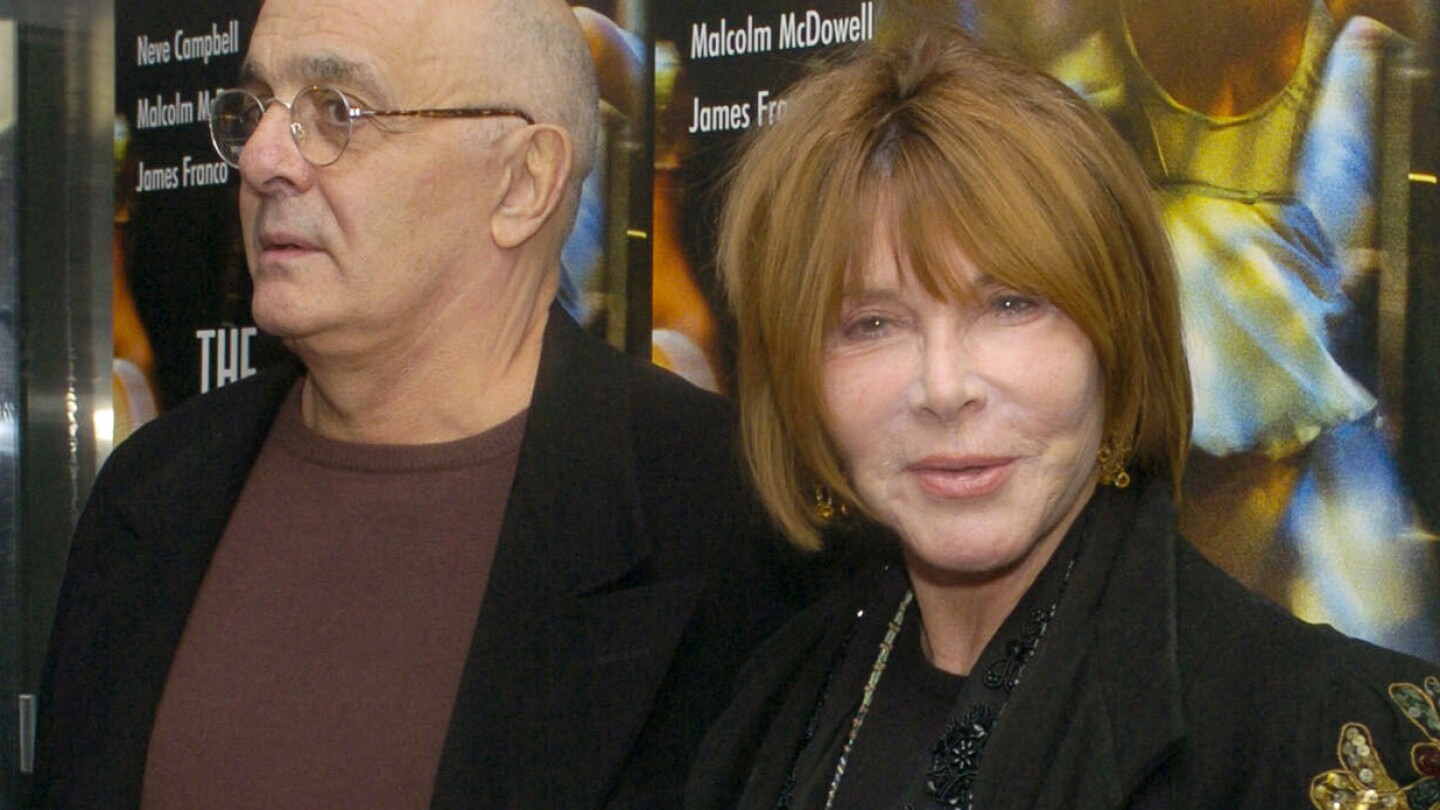Week ending November 21, 2025
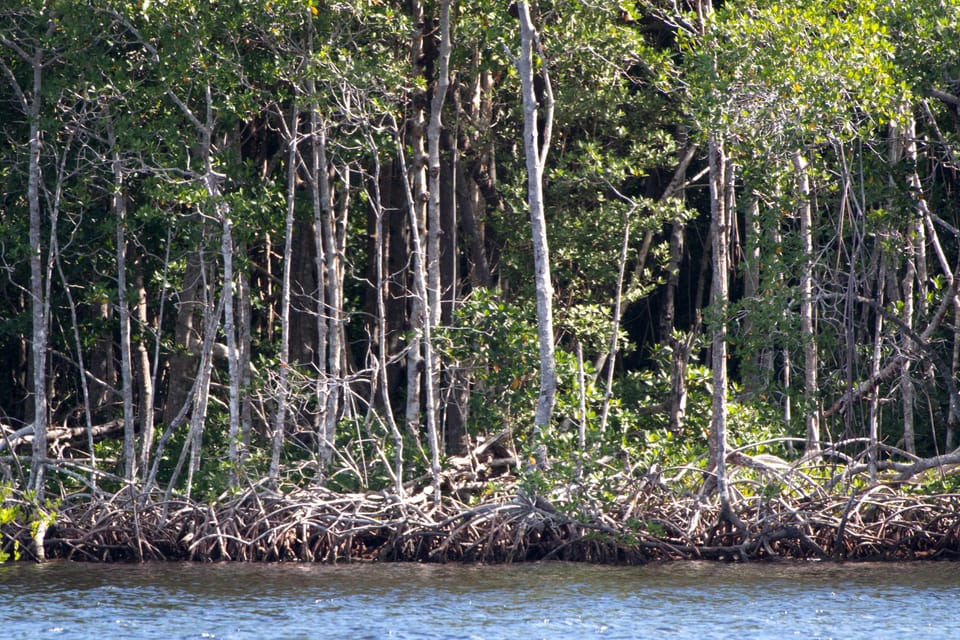
Another week in South Florida and another set of stories that somehow show the importance of community and how our communities can harm us or let us harm ourselves. The weather here has been either delightful or frightful, depending on your perspective– it's been unseasonably hot this week after a week of modestly low temperatures last week.
One of my kids had a frustrating week in school, the other lost a dear friend. Bear is suddenly acting like an older dog (though the pneumonia finally seems to be licked) and well, life goes on.
Table of Contents

Finite
Disappointment
Marco Perez-Vazquez passes away
"He was the first person who made me feel welcome in Miami," my grief stricken child told me over the phone on Wednesday. By all accounts, Marco was a sweet young man, caring for all and a dedicated student. The few sites covering this tragic and devastating story are not very reliable, so there's some question as to what happened. The horrifying thing is, a college student who brought joy and hope to everyone he interacted with is no longer with us.
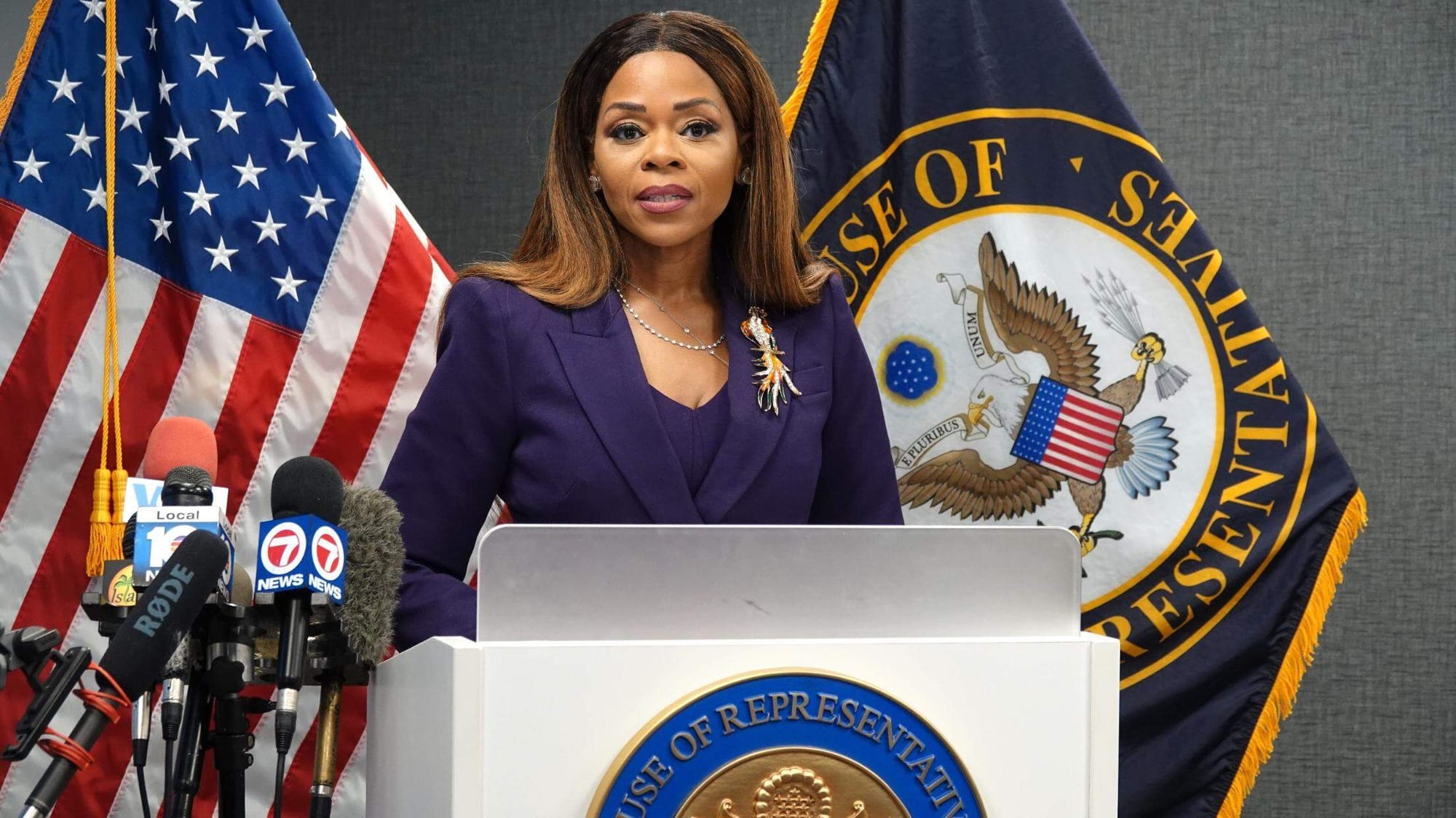
Florida
Gonna Florida
Corruption and Grift– at least one thing Florida is bipartisan
The Federal government introduced several serious charges against U.S. Representative Sheila Cherfilus-McCormick, a Democratic member of the US House of Representatives representing parts of Broward County.
Cherfilus-McCormick is accused of "funneling money to family healthcare business for 2021 congressional campaign," per The Guardian (yes, it made the US section of an international newspaper).
The Miami Herald reports the indictment against Cherfilus-McCormick outlines a series of efforts to secretly move Federal disaster relief dollars into hers and her brother's personal accounts and her campaign account.
"Personal profit and straw donors" reads a subheading in the article above.
At the start of the Great War (World War I) Florida was still the least populated state in the United States South, an inhospitable land where the vast majority of American people either lived in "Southern Alabama" near the northern borders of the state, or on the extreme other end at the critical coal refueling station at Key West.
The state boomed during the Great War, however, and while still relatively small come the 1940s, the state exploded in population as a mixture of technological advances, especially cars and air conditioning, made life year round in South Florida palatable during the summer, during and after World War II. The region had long been a paradise to escape to during the winters for first the rich, then the middle class as rail and then roads improved to reach Ft. Lauderdale, then Miami.
What that meant was for most of Florida's history it was a state full of transient residents and land developers looking to sell land, sight unseen, to unsuspecting people wanting a bit of the leisurely life. Naturally, these "swamp peddlers" either held public office, or funding the campaigns of the winners of public office. As mentioned before this likely led to the Great Depression in the 1920s (for the world, seriously), an ignoble feat replicated with the Great Recession nearly 100 years later in 2008.
Why? In the mid 1960s when Florida's entire constitution was deemed effectively null and void because, among several factors deriving from a slough of Supreme Court decisions, it so heinously and obviously violated the concept of one person, one vote, that it had to be replaced. The 1968 constitution was therefore written largely by chastised racists, some with backing from up and coming non-white folks who (often) were united in their quest for making a quick buck above all else.
Basically, Florida was built on corruption, grift and con artist deals and its six constitutions (yes, six) reflect that..
Worth noting, Sheila Cherfilus-McCormick is the first Black person to ever win office in Florida's 20th Congressional District– the district is presently 49.7% Black and it recently elected its first ever Black member of congress.
With Florida's glorious and almost proud history of corruption and grift (hey, Illinois, I see you sitting there all smug despite your similar history), it comes as no surprise when yet another politician, from either party–Florida's motto for a century was "no more Lincolns," the Democrats ruled until 2000–is accused of grift and lining their own pocket.
But this is 2025 and things are often complicated throughout the world, but especially in Florida.
Rather than an impartial justice system where residents and citizens alike can count on justice to be blind, this indictment was filed by U.S. Attorney Jason A. Reding Quiñones for the Southern District of Florida.
The first story on the indictment that the Herald ran briefly notes, "Reding Quiñones’ office has been plagued by controversy in recent weeks over its focus on Trump’s adversaries. Former prosecutors called the state of affairs in the office “horrifying,” with two prosecutors resigning over Reding Quiñones’ investigation into Barack Obama’s CIA director." Reding Quiñones hardly appears to be the scion of blind justice.
What is the truth in this case?
The truth is corruption runs rampant in the Sunshine State and everyone should hope that justice prevails over every corrupt public figure (and sibling, as applicable). People are innocent until proven guilty, to be sure, but this whole thing stinks like the mountains of trash that dot South Florida's horizon.
Who is TWIFL rooting for? Lady Justice. It'd be nice to see her win once in a while.

Protecting the Environment, sort of– another thing that's bipartisan in Florida
Whether its protecting the flora and fauna of the Continental United States most staggering array of wildlife or protecting the golden goose of tourism (Governor DeSantis claimed nearly 150 million tourists visited Florida in 2024) one thing that often finds bipartisan support here is protecting the environment.
Take the Everglades, for example. In the early 1980s it had become apparent that a) the Everglades were worth saving as an environmental jewel and as a tourism jewel and b) humans had ****** it up bigly.

A prime example is the Flamingo Canal, cut to connect Florida Bay to the south of the Florida Peninsula (in other words, the water between the peninsula and the Florida Keys) and Coot Bay, a fairly large body of water naturally connected to Whitewater Bay, Florida's second largest inland body of water, which itself connects to the Gulf of Mexico. In the 1920s the cut was seen as a way to cut almost a day of travel to Naples into a few hours.

There was only one very large problem with this plan: it let the salt water of Florida Bay to infiltrate the freshwater inland to the north. The coot, a bird so common in the Everglades in the 19th century a large body of water was named after the bird, was highly sensitive to salt water and was annihilated in the Everglades.
By the 1980s Florida politicians and the Federal government decided to do something about it and literally plugged up the Flamingo Canal at the Flamingo Marina, which sits on the north side of Florida Bay, so the waters wouldn't mix.
As the image at the top of this section shows, wildlife quickly responded and learned to coexist happily with tourists. In the image, notice the happy osprey mom (she has a brown "necklace" making that the female; males don't have the brown on their chests), sitting blissfully atop her nest while the humans do water craft business. The image was literally taken from the "plug," on which the nest sits on the highest point.
Florida and the Federal government have invested billions into restoring the Everglades with projects like this, making the Everglades restoration one of the largest investments of its kind in US history.
And it has been bipartisan, Republican Governor Ron DeSantis, from a strictly not-adjusted-for-inflation standpoint, has authorized the most Florida tax dollars to this restoration in Florida history.
An example of the view of the average Floridian, in 2018 69% of Floridians opposed drilling on any kind on Florida's western coast, the Gulf of Mexico.
So, when the Trump Administration announced this week that it was going to award two oil drilling leases in waters just to the west of Florida in the Gulf, the response was swift and united.

From the Tampa Bay Times story (I've accessed through the Miami Herald, which reprinted it):
“Florida, when it comes to protecting the environment, has had a fairly decent track record,” [Jack] Davis [author of a Pulitzer-prize winning book about the history of the Gulf of Mexico] said. “We deserve a pat on the back for the bipartisanship and being consistent with the issue.” Asked at a Friday news conference about the plan, DeSantis reiterated his hope that the Trump administration reverts to its 2020 order extending a moratorium on drilling in federal waters off Florida until 2032. Earlier this month, Republican Sen. Rick Scott reintroduced a measure that would codify that ban into law. DeSantis said he worked closely with the White House on the former plan, and he said that was “thoughtful policy.” Along with environmental concerns, he said, he also has concerns about how oil drilling could impact the Panhandle’s military footprint.
It gets missed a lot these days, but the environment is often a place where people identifying as liberals and conservatives can unite.

Remember the battle to save the spotted owl in the 1990s? While loggers who were the target of the ire of left leaning (or falling over to the left) environmentalists were largely a conservative lot, the spotted owl campaign included a group of largely conservative activists wanting to protect the bird's habitat: hunters who wanted to preserve the owl's habitat to preserve the places they liked to hunt for game.
Bipartisan support for the environment may not be unique to Florida but it is one issue where a deeply divided state, a state completely controlled by conservatives, tends to be united as a community.
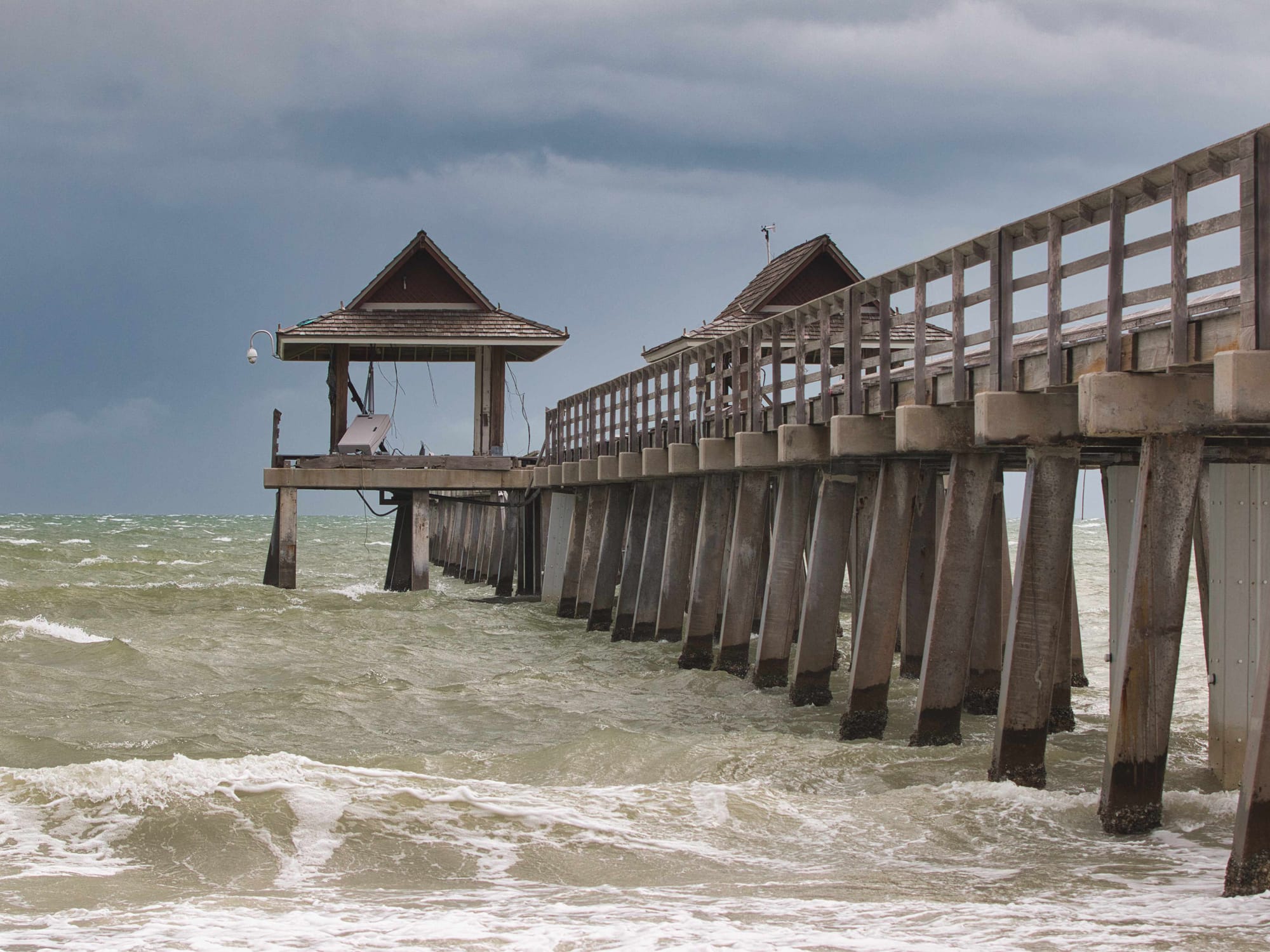
Historic
Interlude
Bringing a decades long debate and battle to an apparent end, the final journey of the SS United States is slated to be the bottom of the Gulf of Mexico, west of the Florida west coast. It will become an artificial reef.
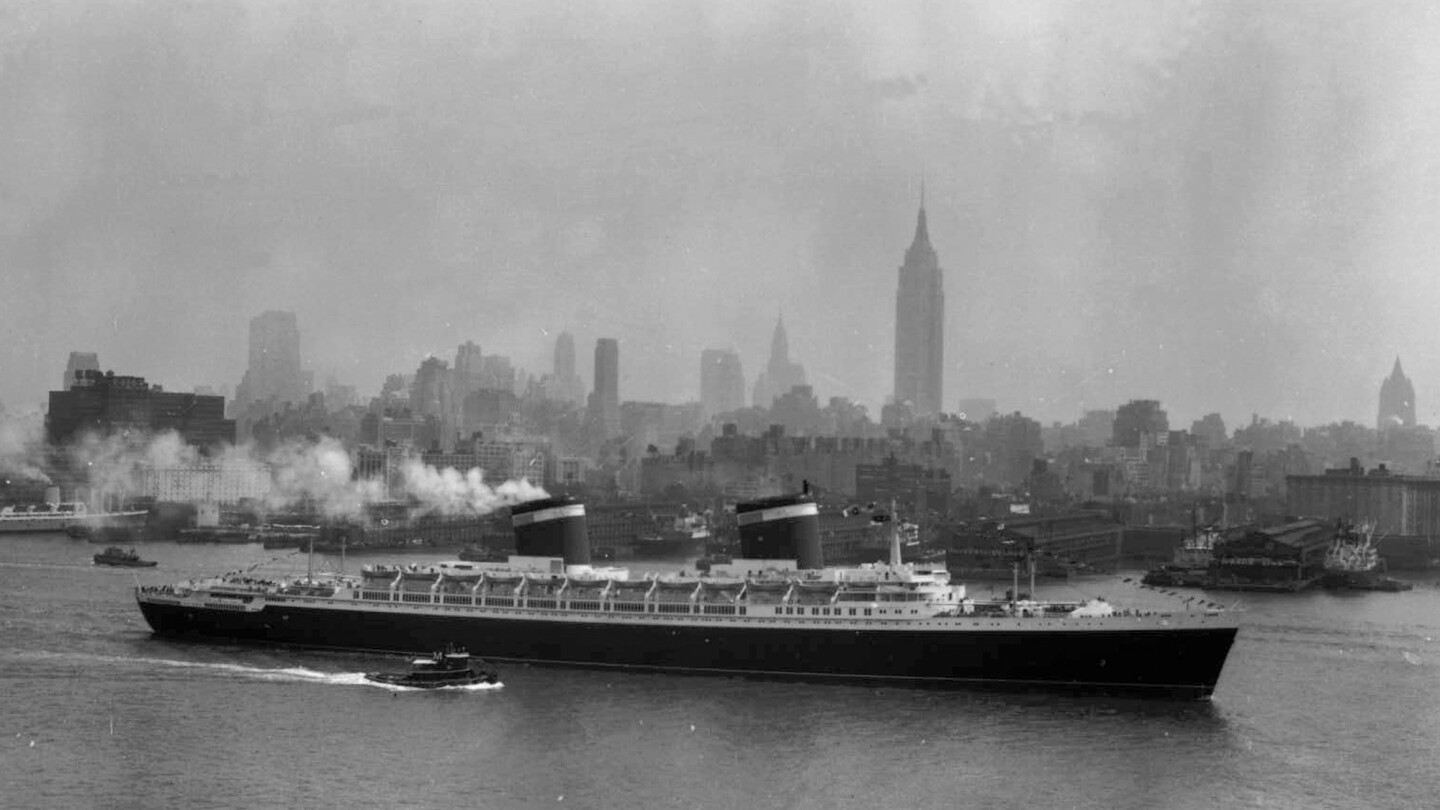
While the above Associated Press story focuses on the history of the SS United States, a post World War II era ocean liner that still holds the record for fastest transit of the Atlantic, which it set in 1952, and the history of the battle over the ship, it pays little attention to the downsides of artificial reefs.
Set to become the world's largest artificial reef, breaking the record of the Korean War Era US Navy Aircraft Carrier, the USS Oriskany (CVA-34), which rests 12 miles from where the SS United States is planned to rest, the new artificial reef is expected to "provide essential marine life habitat, which prompted Coastal Conservation Association Florida to make its largest donation in the organization’s 40-year history," according to the AP.
What are the potential downsides to artificial reefs?
I'm honestly not sure and the Associated Press didn't mention even the possibility of it.
But there are two main types of artificial reefs, ones purpose built to help the environment, often using cement structures made exclusively for the reef, and "opportunity reefs," which typically involve a scuttled ship, like the USS Oriskany Reef.
While the benefits to wildlife and protection of the overall environment are well documented for purpose built reefs, the benefits of opportunity reefs is less settled.
As a peer review study in 2023 pointed out, no one really knows how effective opportunity reefs are at their stated goals nor their impact on the environment because "there are important information gaps regarding socioeconomic aspects; design, materials, and disposal in the selected habitats; legal, management, and planning aspects considering long-term monitoring." The study identified a lack of research as the main source of the problem.
While the study was carried out by authors who think artificial reefs can be hugely beneficial to the environment and people alike, it concludes saying artificial reef implementation "has to be made with an articulate, realistic, and upscaled plan that individuates strengths and weaknesses of such protocols, making an accurate study of local regeneration needs and limitations."
The authors' concern is that this rarely happens and if the AP article is even remotely complete in its overview of the SS United States' fate, it hasn't happened in this case either.
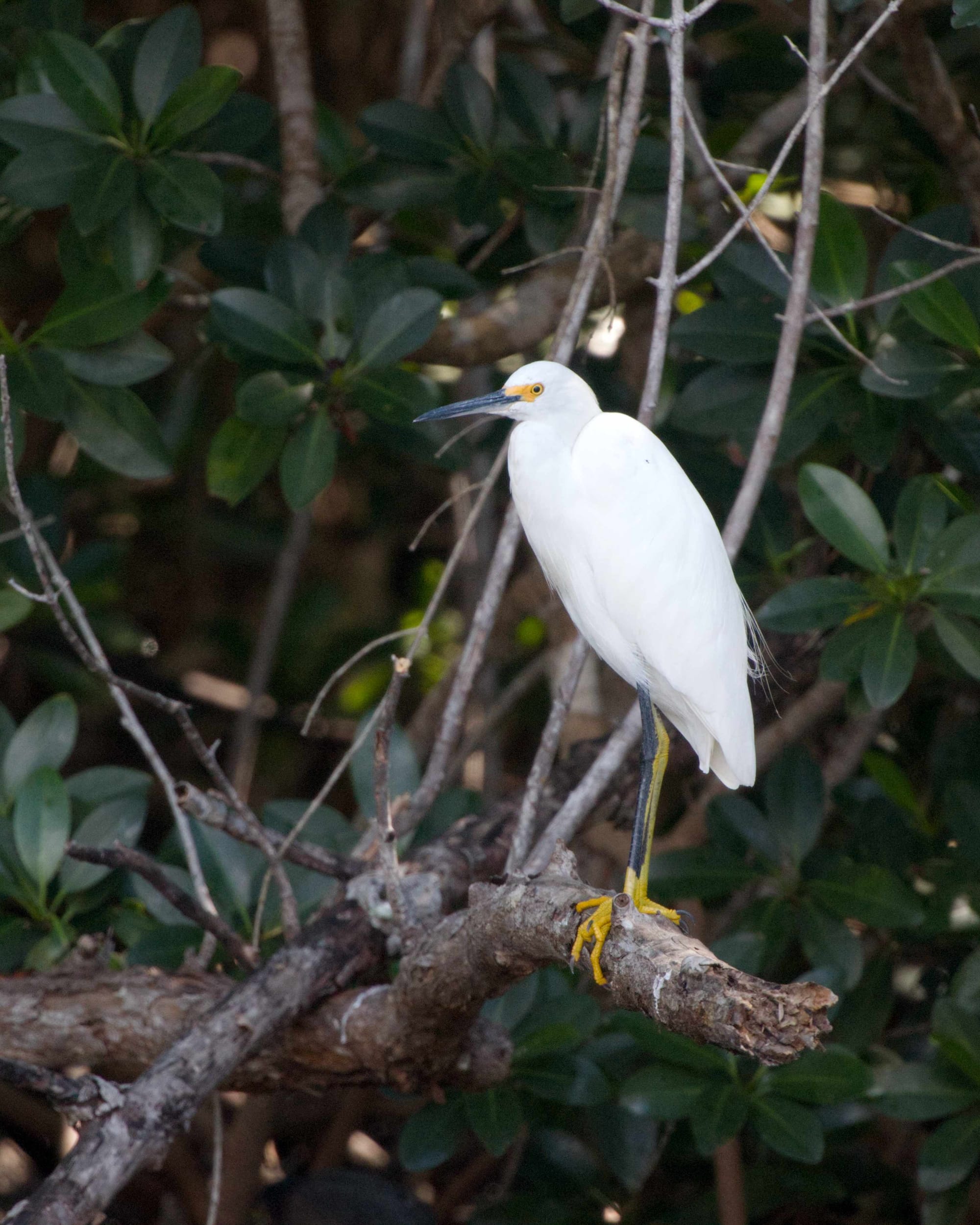
Infinite
Hope

Give Miami Day
Each November the Miami Foundation hosts its annual "Give Miami Day," which raises and distributes millions of dollars to Miami-Dade County non-profits. This year the event brought in a record $43.8 million dollars distributed to 1,400 area non-profits.
The event is the largest of its kind in the United States and was acutely needed for area non-profits reeling from an onslaught of devastating financial cuts at the Federal, state and local levels, as well as fears of additional cuts next year.
Remember, the most powerful local entity in Miami-Dade County isn't its largest city or its most prosperous city but the county itself, a municipality with 2.7 million constituents spread out over 30 local municipalities, of which the City of Miami is but one, and unincorporated areas. Facing a $400 million budget deficit this year, the County Mayor proposed harsh cuts across the board, but after public outcry dipped into all of the county's rainy day funds to give non-profits one more year of normal funding from the county.
In that context, the community unifying experience of Give Miami Day is at its paramount importance to the county's residents.
Over 60,000 individual donors gave, some in just small amounts under $100, some in whopping amounts, in the tens of thousands.
Several non-profits I'm associated with benefited from the giving and sharing. I'm grateful for the generosity of our neighbors.

The Everglades
Friday marked the end of a fairly brutal week on a personal level. I am not going to lie, going out to the South Florida Detention Center for weekly prayer vigils in the Everglades is taking its toll, emotionally and physically. I appreciate the opportunity to gather in the Everglades with people committed to community and each other and to the people in the facility commonly known by its racist nickname, Alligator Alcatraz, but as all of us say, we'd rather meet under different circumstances.

So come Friday I wanted a break. My kid and I got into the Everglades the day the government reopened last week, which was the only time I had been inside the park gates since the day the shutdown began.
I needed more of my happy place this week.
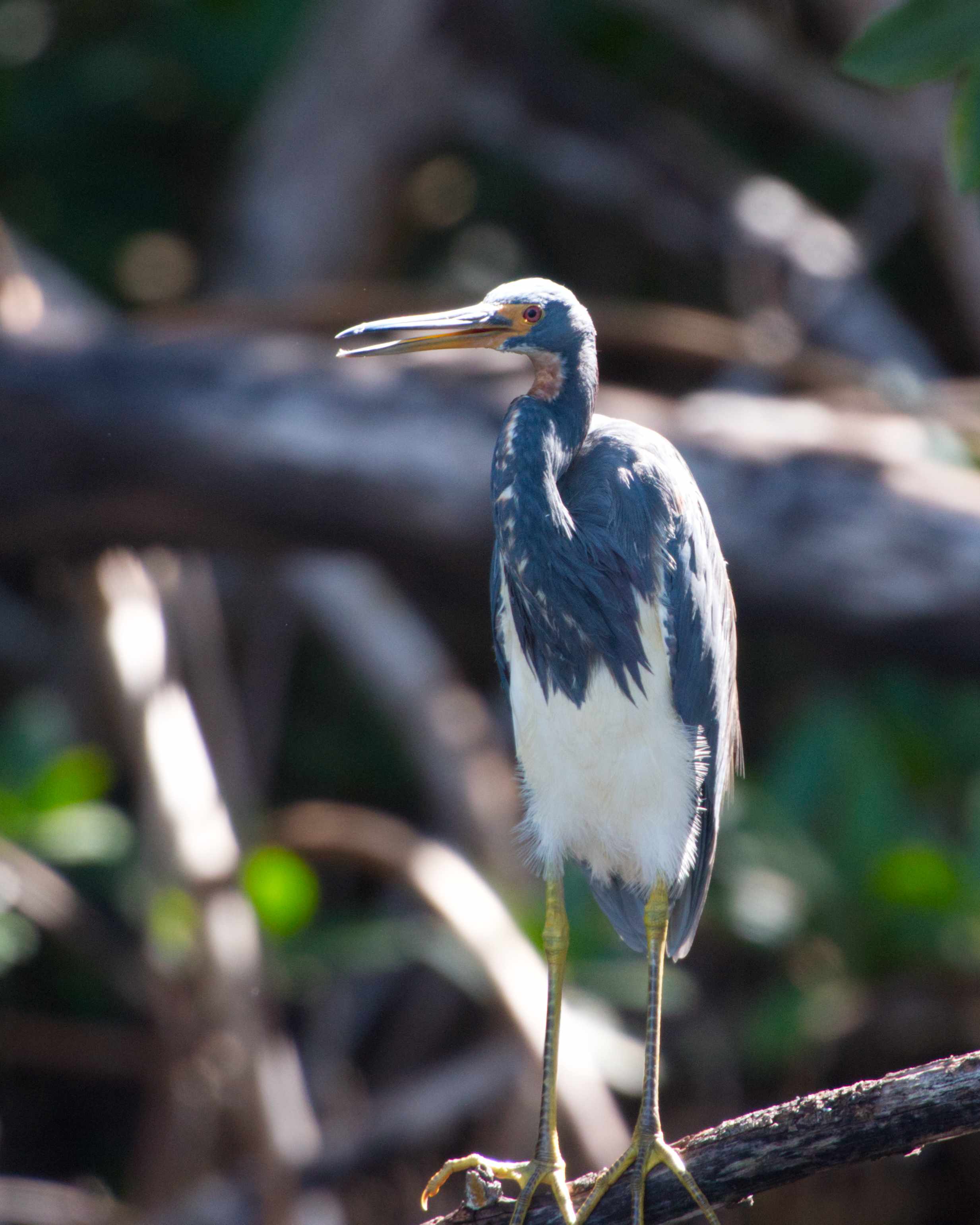
Off I went when I got a chance and for the first time I boarded a boat in the Everglades and took a tour down the Flamingo Canal cut I mentioned above. I learned about the cap at the end of the canal, how to gender ospreys, got some great shots of crocodiles that clearly demonstrate the critters' differences from alligators (crocodiles' teeth don't fit in their mouth, they are grey, they have more pronounced bumps on their backs, they have narrower snouts...) and identified some birds I haven't seen before.
10 out of 10 highly recommend.


Bear
The History Hound Finds


